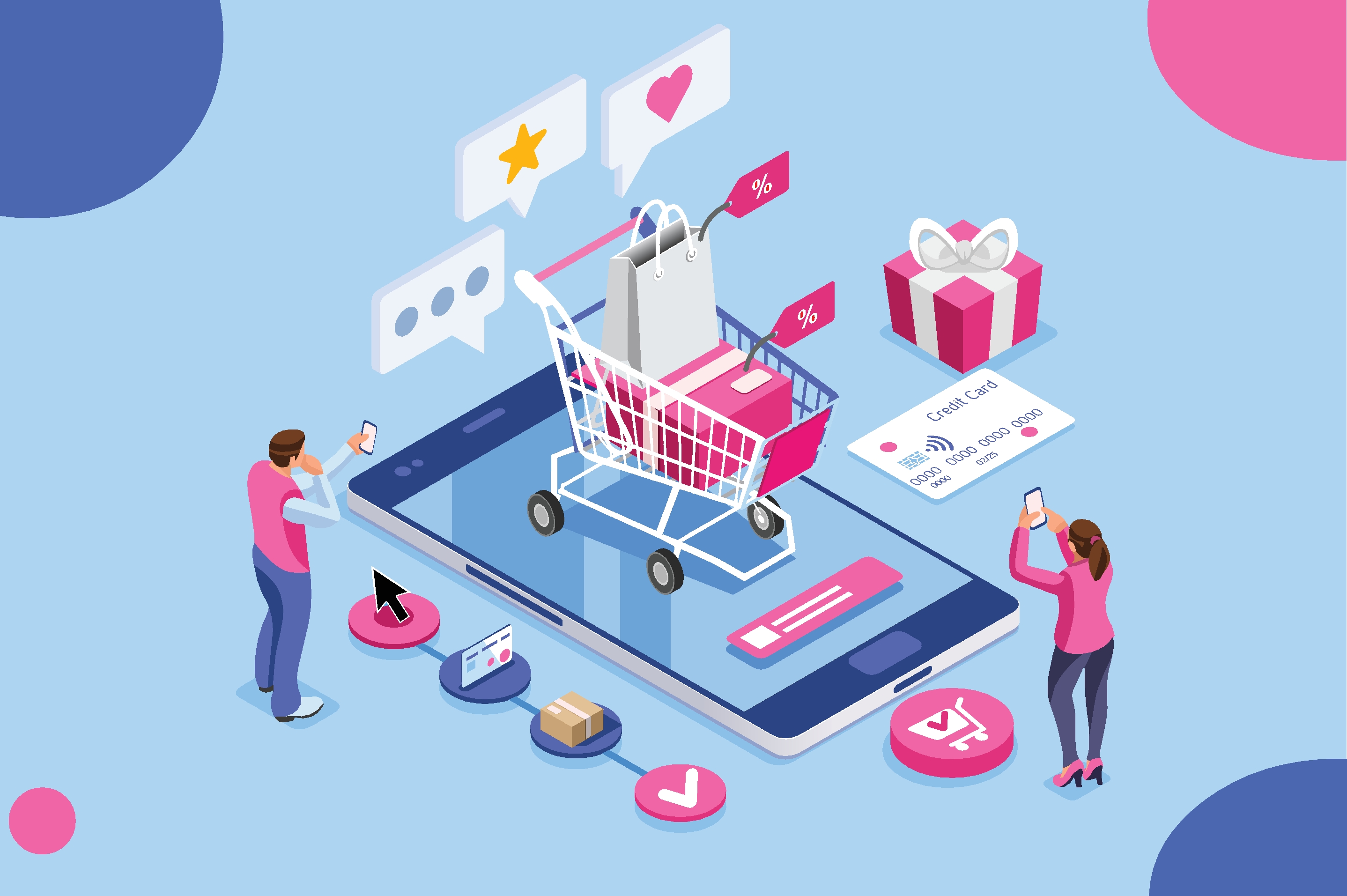E-Commerce or Electronic Commerce means buying and selling of goods, products, or services over the internet. E-commerce is also known as electronic commerce or internet commerce. These services provided online over the internet network. Transaction of money, funds, and data are also considered as E-commerce. In this post, Pritish Halder describes different ways for E-Commerce transactions.

Transactions in four ways
These business transactions are done in four ways: Business to Business (B2B), Business to Customer (B2C), Customer to Customer (C2C), Customer to Business (C2B). The standard definition of E-commerce is a commercial transaction which is happened over the internet.
Global industrial growth
As of now, e-commerce is one of the fastest growing industries in the global economy. As per one estimate, it grows nearly 23% every year. And it is projected to be a $27 trillion industry by the end of this decade.
Logistics
Logistics in e-commerce mainly concerns fulfilment. Online markets and retailers have to find the best possible way to fill orders and deliver products. Small companies usually control their own logistic operation because they do not have the ability to hire an outside company. Most large companies hire a fulfilment service that takes care of a company’s logistic needs.

Online market
Online stores like Amazon, Flipkart, Shopify, Myntra, eBay, Quikr, Olx are examples of E-commerce websites. By 2020, global retail e-commerce can reach up to $27 Trillion. Let us learn in detail about what is the advantages and disadvantages of E-commerce and its types.

Types of E-Commerce Models
Electronic commerce can be classified into four main categories. The basis for this simple classification is the parties that are involved in the transactions. So the four basic electronic commerce models are as follows
/let-s-ask-the-basic-question-what-is-ecommerce-1141599-edit-bb790dbd1d90483980078466fa1424bd.jpg)
-
Business to Business
This is Business to Business transactions. Here the companies do business with each other. The final consumer is not involved. So, the online transactions only involve the manufacturers, wholesalers, retailers etc.
-
Business to Consumer
Business to Consumer. Here the company sell their goods and/or services directly to the consumer. The consumer can browse their websites and look at products, pictures, read reviews. Then they place their order and the company ships the goods directly to them. Popular examples are Amazon, Flipkart, Jabong etc.
-
Consumer to Consumer
Consumer to consumer, where the consumers are in direct contact with each other. No company is involved. It helps people sell their personal goods and assets directly to an interested party. Usually, goods traded are cars, bikes, electronics etc. OLX, Quikr etc follow this model.
-
Consumer to Business
This is the reverse of B2C, it is a consumer to business. So, the consumer provides a good or some service to the company. Say for example an IT freelancer who demos and sells his software to a company. This would be a C2B transaction.
Examples of E-Commerce
Amazon, Flipkart eBay, Fiverr, Upwork, Olx, Quikr.

Advantages of E-Commerce
- E-commerce provides the sellers with a global reach. They remove the barrier of place (geography). Now sellers and buyers can meet in the virtual world, without the hindrance of location.
- Electronic commerce substantially lower the transaction cost. It eliminates many fixed costs of maintaining brick and mortar shops. This allows the companies to enjoy a much higher margin of profit.
- It provides quick delivery of goods with very little effort on part of the customer. Customer complaints are also addressed quickly. It also saves time, energy and effort for both the consumers and the company.
- One other great advantage is the convenience it offers. A customer can shop 24×7. The website is functional at all times, it does not have working hours like a shop.
- Electronic commerce also allows the customer and the business to be in touch directly, without any intermediaries. This allows for quick communication and transactions. It also gives a valuable personal touch.
Disadvantages of E-Commerce
- The start-up costs of the e-commerce portal are very high. The setup of the hardware and the software, the training cost of employees, the constant maintenance and upkeep are all quite expensive.
- Although it may seem like a sure thing, the e-commerce industry has a high risk of failure. Many companies that ride the dot-com wave of the 2000s have failed miserably. The high risk of failure remains even today.
- At times, e-commerce may feel impersonal. So, it lacks the warmth of an interpersonal relationship which is important for many brands and products. This lack of a personal touch is a disadvantage for many types of services and products like interior designing or the jewelry business.
- Security is another area of concern. Only recently, we have witnessed many security breaches where the information of the customers was stolen. Credit card theft, identity theft etc. remain big concerns with the customers.
- Then there are also fulfilment problems. Even after the order is placed there are problems with shipping, delivery, mix-ups etc. This leaves the customers unhappy and dissatisfied.
Reference
https://www.toppr.com/guides/business-environment/emerging-trends-in-business/electronic-commerce/











